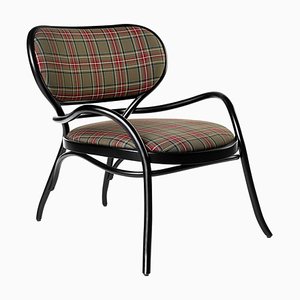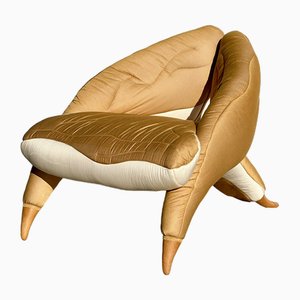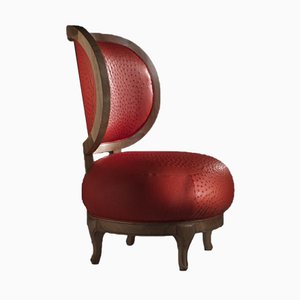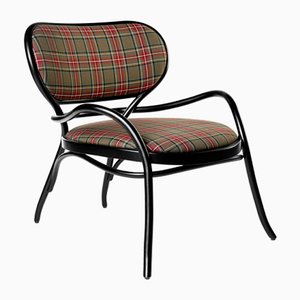
Born in 1949 and trained at the Architectural Association, Nigel Coates is a celebrated British architect and designer. He has consistently experimented and questioned his field, extended its boundaries and bridged it with semiotics, craftsmanship, and contemporary culture. With his first architectural commission in Japan in 1985, he founded Branson Coates Architecture. His portfolio of buildings and interiors in the UK and Japan includes the Wall and Art Silo in Tokyo, the Hubs in Sheffield, the Geffrye Museum in London, and the Body Zone in the Millennium Dome.
In 2006, Coates established his own London studio of architecture and design. The HQ in Bloomsbury combines an architectural laboratory, a showroom, and a gallery. From 1995 to 2011, Coates was Head of the Department of Architecture at the Royal College of Art. He is currently RCA Professor Emeritus and Chair of the Academic Court at the London School of Architecture. In 2012, he won the Annie Spink Award for excellence in architectural education. From 2008 to 2014, Nigel was also President of Jury at the Pavilion of Art & Design, London. In recent years, Coates has also accumulated a broad-ranging catalogue of furniture and lighting designs. His products have been realized by many Italian companies, including Gebrüder Thonet Vienna, Fornasetti, Alessi, and Slamp (where he art directs).
Nigel Coates’ subversive spirit first came to public attention in 1984, when he founded NATO (Narrative Architecture Today), both the architecture group and the eponymous magazine. A manifesto for a socio-culturally engaged and popular, narrative-driven architecture, the magazine advised readers to be the architects of their own lives, and in doing so, radically adapt the buildings around them. Certain themes—in particular that of narrative—have continued in Coates’ designs and research ever since. Beyond issues of function or style, narrative, he asserts, is a language of design that builds on people's everyday experience. Form, he claims, should follow fiction. He has continued to explore the communicative and experiential potential of architecture as a language drawn from (and in contrast to) the commonplace. He believes that the city can best be understood when explored as a living entity. His work plays on psycho-geographic association between the built environment and desire. Time and motion, he says, can be the dynamic partner to the fixed, physical world.




